Teaching Astronomy As Part Of Other Subjects In Secondary Schools – Astronomy As A “Gateway Science”
Parallel Session
4th Shaw-IAU Workshop on Astronomy for Education
Session timeblocks
Wednesday Nov. 16, 2022
Part 1:
UTC: 8 a.m. -
9:30 a.m.
Part 2:
UTC: 8 p.m. -
9:30 p.m.
Thursday Nov. 17, 2022
Part 2 - repeated:
UTC: 10 a.m. -
11:30 a.m.
Part 1 - repeated:
UTC: 1 p.m. -
2:30 p.m.
Astronomy intersects with many courses, such as mathematics, physics, and chemistry. It is well suited as a gateway science. This session brought together a panel of 7 experts with vast experience in teaching astronomy as part of other subjects for school students. They share how to teach math and physics with astronomical examples, provided experience in teaching and taking forward astronomy in schools, introduced the projects that using online telescope and software used to analyse astronomical images in the classroom, giving the students opportunity to talk with astronomers, finding young talents for astronomy. Their contributions allow us to learn from their experiences when teaching astronomy in schools.
Schedule
-
Astronomy - A gateway to teach Trigonometry
Wednesday Nov. 16, 2022
UTC: 8 a.m. - Tuesday Nov. 15, 2022 8:15 a.m.Thursday Nov. 17, 2022
UTC: 1 p.m. - Wednesday Nov. 16, 2022 1:15 p.m.When students are introduced to Trigonometry as something totally new, they find it very difficult to understand. When the same topics are introduced as another way of expressing the ideas of Triangles and Circles that are already familiar to them, we as teachers will be bridging the gap between known and unknown. We will be leading them to understand the "Unknown" through " Known". Bringing in examples from Astronomy greatly help in building this bridge. In this talk I would like to share my experience of conducting workshops for Teachers on "Trigonometry through examples from Astronomy". This approach would be beneficial for both teachers and students.
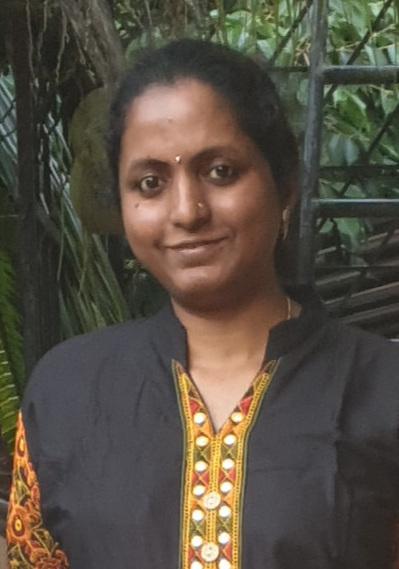
Lakshmi Bekka Ramachandra (Jawaharlal Nehru Planetarium, Bengaluru, India)
For more information about this talk click here
-
Learning about astronomy in mathematics lessons
Wednesday Nov. 16, 2022
UTC: 8:15 a.m. - 8:25 a.m.Thursday Nov. 17, 2022
UTC: 1:15 p.m. - 1:25 p.m.Mathematics lessons do not only involve the study of different solution methods, but also the application to problems to provide purpose and benefit to the methods learned. This is where the interdisciplinary nature of astronomy can be utilized. In this talk, a project is presented in which astronomical facts and laws are transformed into mathematics problems for lower secondary school. The developed problems comply to modern competence-based mathematics lessons and convey interesting facts about our universe. It allows students to acquire some astronomical education even in cases in which astronomy is not taught as a separate subject. The problems are designed such that also a teacher with little to no astronomical knowledge feels confident in using them. Exemplary problems will be shown.
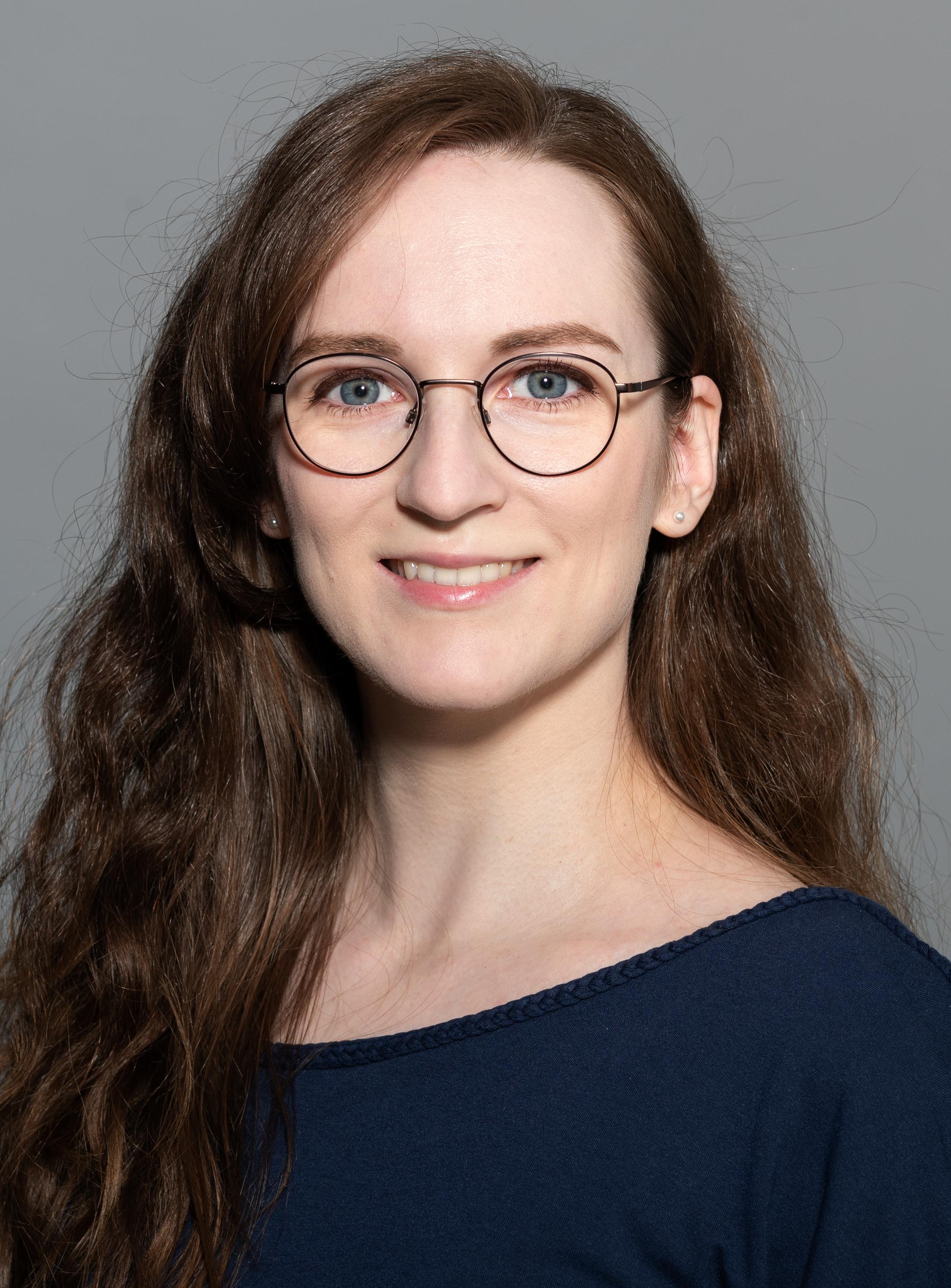
Eleen Hammer (Friedrich-Schiller-University Jena, Germany)
For more information about this talk click here
-
Teaching design and practice of constellation circuit
Wednesday Nov. 16, 2022
UTC: 8:25 a.m. - 8:35 a.m.Thursday Nov. 17, 2022
UTC: 1:25 p.m. - 1:35 p.m.After studying series and parallel circuits in junior or senior high school physics, students can design and make a constellation circuit. At first, students will learn knowledge of constellations, then choose a constellation and design the circuit diagram of it. Students will consider series or parallel connection, and choose the color of LEDs, resistance value of resistor, etc. After that they will make the constellation circuit according to materials provided by the teacher, such as color ring resistance, circuit board, LEDs, welding equipment. In this case, physically, students will deepen their understanding of series and parallel circuits; in astronomy, they can further understand constellations; in technology and engineering they can design and manufacture circuits.
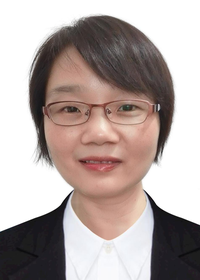
Cuilan Qiao (Central China Normal University)
For more information about this talk click here
-
Easy spectroscopy in the classroom. How to analyze the light that reaches us
Wednesday Nov. 16, 2022
UTC: 8:45 a.m. - 8:55 a.m.Thursday Nov. 17, 2022
UTC: 1:45 p.m. - 1:55 p.m.In the activities of the workshops of the NASE courses for teachers and professors, participants learn to build various instruments using very simple materials in order to analyze light. These activities, referring to the discovery of He in the sun, or to the analysis of the light of the stars or the atmospheres of exoplanets, can be used in high school physics and chemistry classes, With these materials, we can observe the spectrum of Na from a candle flame doped with NaCl, the spectrum of Hg, Na and H from discharge bulbs, and finally, we teach how to see the Fraunhofer lines in high definition, without any slit or spectroscope, just with a DVD, using second-order reflection, and to distinguish the Mg triplet, the Na doublet, and hundreds of lines of Fe, H, etc. of the solar spectrum.
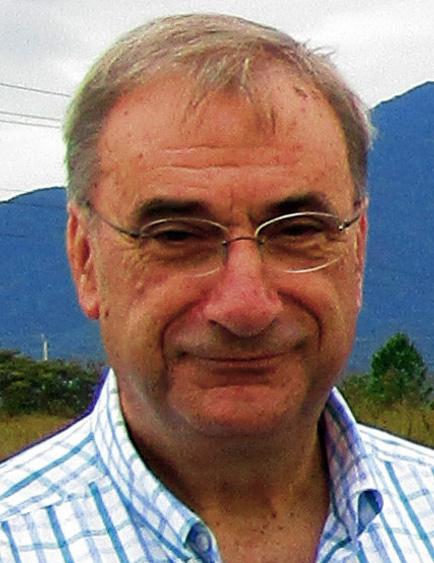
Ricardo Moreno
Coauthors: Beatriz Garcia (ITeDA (CNEA-CONICET-UNSAM) and National Tech. University-Mendoza), Rosa M. Ros (Polytechnic University of Catalonia, Spain), Ederlinda Vinuales (University of Zaragoza, Spain)
For more information about this talk click here
-
Plates for Education, Scotland
Wednesday Nov. 16, 2022
UTC: 8:55 a.m. - 9:05 a.m.Thursday Nov. 17, 2022
UTC: 1:55 p.m. - 2:05 p.m.We present a project that embeds physical artefacts from astrophysics research in secondary school education in Scotland, and trains physics teachers to engage their pupils with astronomy and research data. The Sloan Digital Sky Survey has produced one of the largest maps of galaxies in our Universe, using 80cm aluminium plates to position optical fibres. After their single use, these plates have no value for research - but huge value in the classroom. Following earlier 'Plates for Education' activities in the US, we provide secondary teachers with a plate, training, classroom resources and research data. We also present a parallel Education research project, assessing the impact of teacher professional learning on their wellbeing and physics identity.
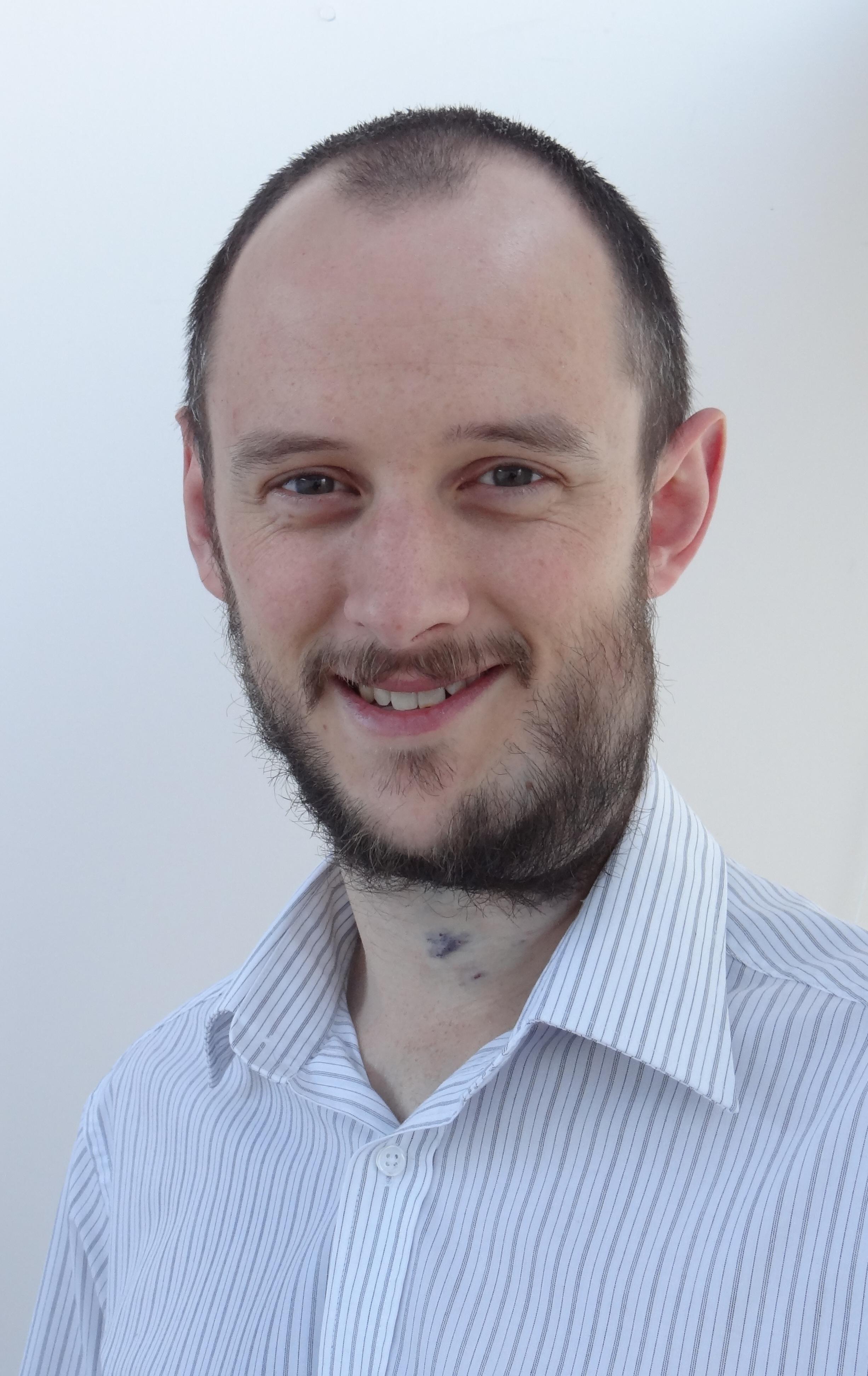
Simon Christopher Reynolds (School of Physics & Astronomy, University of St Andrews)
Coauthors: Paul Miles (University of St Andrews), Rita Tojeiro (University of St Andrews)
For more information about this talk click here
-
Astronomy for every student
Wednesday Nov. 16, 2022
UTC: 9:05 a.m. - 9:15 a.m.Thursday Nov. 17, 2022
UTC: 2:05 p.m. - 2:15 p.m.If we want to reach the greatest number of students and inspire them through astronomy the most effective method is to ensure astronomy is properly covered in the mainstream curriculum. Whilst not denying the value and role of specialist astronomy courses their reach will always be limited and indeed impacted by the lack of experienced teachers. By using astronomy as a context, we can illustrate examples where basic and key scientific concepts are used to help us understand the Universe. Examples from Australian curricula at both junior and senior high school levels are provided along with suggestions for integration into existing subjects.
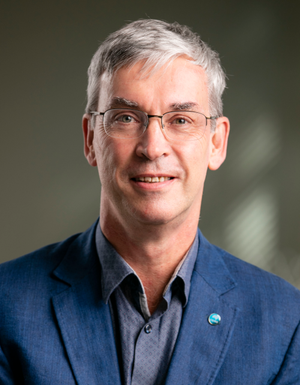
Robert Hollow (CSIRO)
For more information about this talk click here
-
Discussion Panel: Teaching astronomy as part of other subjects in secondary schools – astronomy as a “gateway science” (Part 1)
Wednesday Nov. 16, 2022UTC: 9:15 a.m. - 9:30 a.m.
Thursday Nov. 17, 2022
UTC: 2:15 p.m. - 2:30 p.m.Chair:
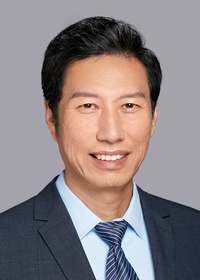
Zhu Jin
Panel: Lakshmi Bekka Ramachandra
(Jawaharlal Nehru Planetarium, Bengaluru, India), Cuilan Qiao
(Central China Normal University), Eleen Hammer
(Friedrich-Schiller-University Jena, Germany), Robert Hollow
(CSIRO Astronomy and Space Science), Ricardo Moreno , Simon Christopher Reynolds
(School of Physics & Astronomy, University of St Andrews) -
How Students Explore Space With Slooh's Online Telescope & Our Standards-Aligned Learning Activities
Wednesday Nov. 16, 2022
UTC: 8 p.m. - 8:10 p.m.Thursday Nov. 17, 2022
UTC: 10 a.m. - 10:10 a.m.We have created a scalable way for an unlimited number of students to explore space with online telescopes at premier observatories in the Canary Islands and Chile. Our opportunity lies at the intersection of digital education and the new space age that is inspiring educators to look for ways to incorporate space exploration into the curriculum. Astronomy is a gateway science that inspires students to learn scientific reasoning. With our hands-on, standards-aligned, experiential learning activities, Slooh takes students beyond simulation to collect and analyze their own data as they master a new, real-world domain. Before Slooh, only science educators with a passion for astronomy could bring space into the classroom. Now any educator can do it!
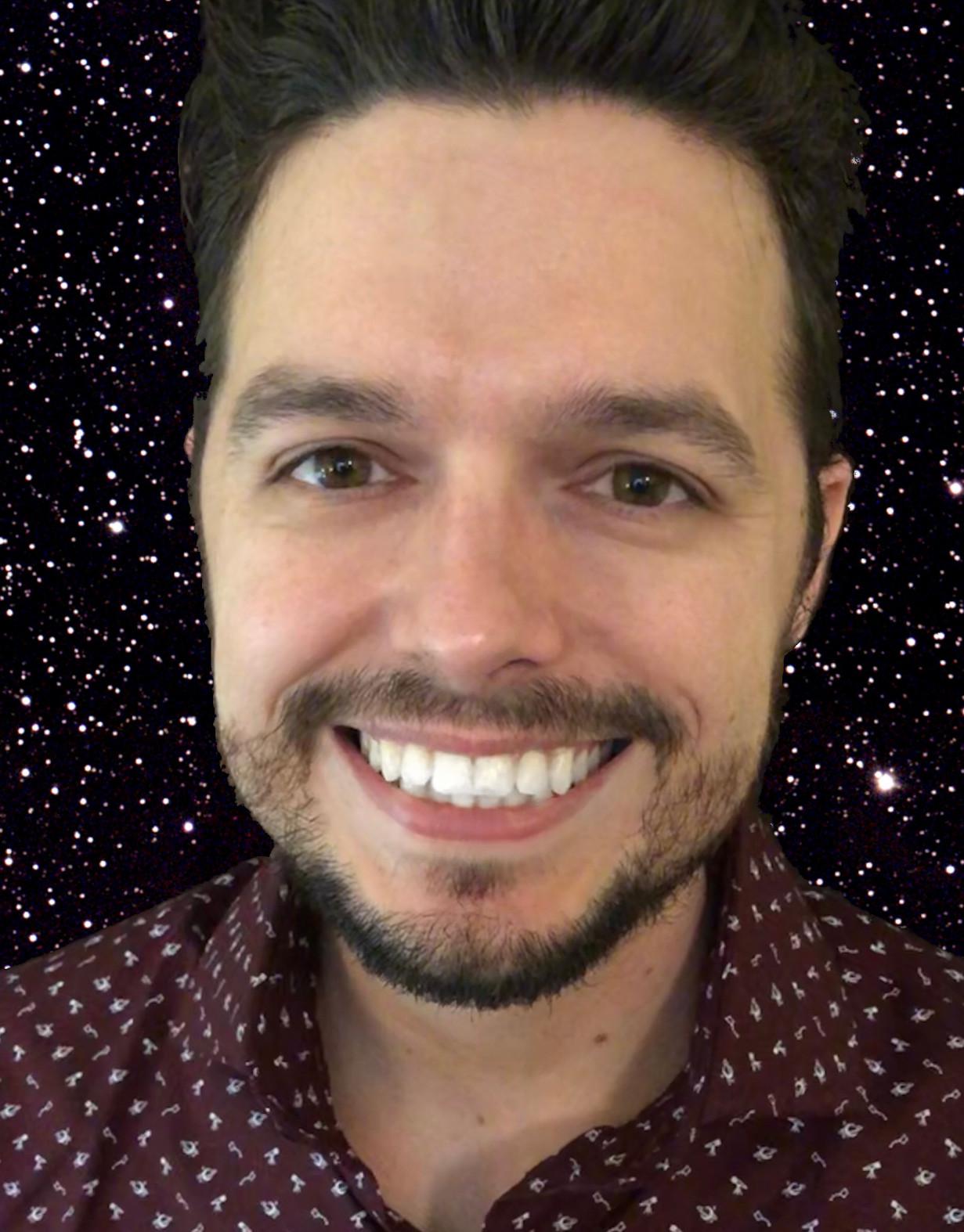
John Boisvert (Slooh)
For more information about this talk click here
-
Space and Astronomy as an exciting way to teach STEM in India
Wednesday Nov. 16, 2022
UTC: 8:10 p.m. - 8:20 p.m.Thursday Nov. 17, 2022
UTC: 10:10 a.m. - 10:20 a.m.STEM (Science, Technology, Engineering and Math), is an educational concept, essential for the future. It emphasizes critical-thinking, interdisciplinary, hands-on, and real life based applications. Astronomy is a great way to teach STEM because it is the basis of all Sciences and interdisciplinary. A problem faced is that Astronomy and Space are not counted as curriculum subjects, in countries such as India. STEM & Space has designed sessions that tie in primary curriculum subjects such as physics, math, biology, geography and computing to space related hands-on activities which make it possible to interest students and also directly address curriculum topics, thus finding endorsement from schools and teachers. In this webinar, we will give examples of this correlation.
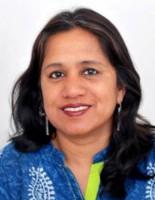
Mila Mitra (STEM and Space)
Coauthors: Arjun Gulliya (STEM & Space), Aryan Singh (STEM & Space), Hema Verma (STEM & Space)
For more information about this talk click here
-
Stargazing Live!
Wednesday Nov. 16, 2022
UTC: 8:20 p.m. - 8:30 p.m.Thursday Nov. 17, 2022
UTC: 10:20 a.m. - 10:30 a.m.Stargazing Live! aims to capture the imagination of students of all ages with live and interactive planetarium lessons incorporating semi-live data from the Dutch MeerLICHT and BlackGEM telescopes. For upper secondary school level, lesson activities have been created to accompany the planetarium shows using the interactive digital tool DynaLearn. The lessons challenge students to model key curriculum concepts linked to the telescopes and their science. The lessons were created using a co-creation model – led by science education experts with significant input from astronomers, astronomy outreach/education professionals and physics teachers. The project is now in the classroom testing phase and final products will be shared globally via the planetarium and NAEC networks.
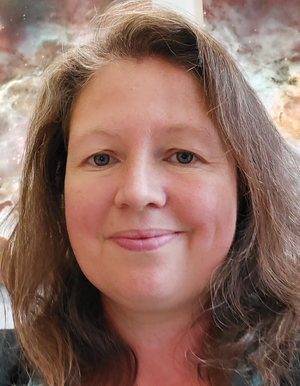
Joanna Holt (Netherlands Research School for Astronomy (NOVA) & Amsterdam University of Applied Sciences (AUAS))
Coauthors: Bert Bredeweg (Amsterdam University of Applied Sciences), Joris Hanse (Netherlands Research School for Astronomy), Marco Kragton, Dennis Vaendel
For more information about this talk click here
-
Spazio allo Spazio: an educational project promoting connection and inclusion through sky and space
Wednesday Nov. 16, 2022
UTC: 8:30 p.m. - 8:40 p.m.Thursday Nov. 17, 2022
UTC: 10:30 a.m. - 10:40 a.m.Spazio allo Spazio (SaS) is an interdisciplinary educational project launched in 2010 by Lower Secondary School “E. Fermi” in Villasanta, Italy. At its core lies the strong belief that space exploration and sky observations can promote the active and inclusive involvement of students, making them protagonists of their own learning. Stargazing connects people and cultures of different countries and epochs, constituting a significant part of our common heritage; the astronauts must acquire new skills to control a challenging and unpredictable context in space, just like a disabled person in everyday life. The talk will explain how SaS addresses these topics from the point of view of teachers (mostly not of scientific school subjects), researchers of several institutions, and students too.
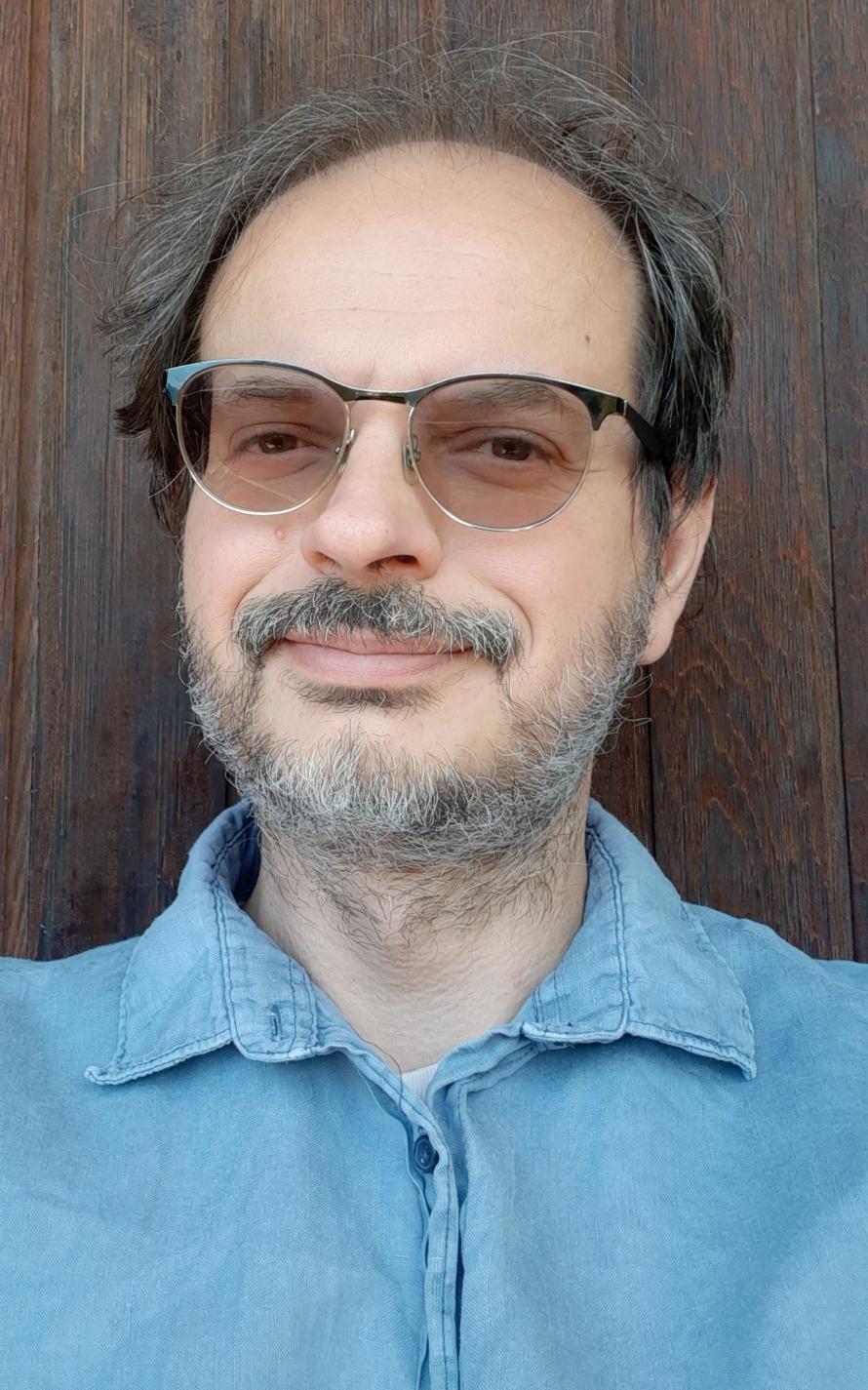
Andrea Ettore Bernagozzi (Astronomical Observatory of the Autonomous Region of the Aosta Valley (OAVdA))
For more information about this talk click here
-
Project Young Stars of Tomorrow
Wednesday Nov. 16, 2022
UTC: 8:40 p.m. - 8:50 p.m.Thursday Nov. 17, 2022
UTC: 10:40 a.m. - 10:50 a.m."The main objective of the project is to find and stimulate young talents for Science among students from public schools located in remote regions and in popular communities in municipalities in the North region of Rio de Janeiro State, Brazil. Because of the project, new, modern, and creative materials was developed to be used in the teaching and popularization of Astronomy with space exploration as a motivating element. The use of Astronomy and Space Exploration as the main theme of the project is associated with our experience of more than 30 years carrying out projects for the teaching and popularization of Science. Since September 30th, 2021, we already developed the project in 48 public schools with the participation of more than 1,500 students."
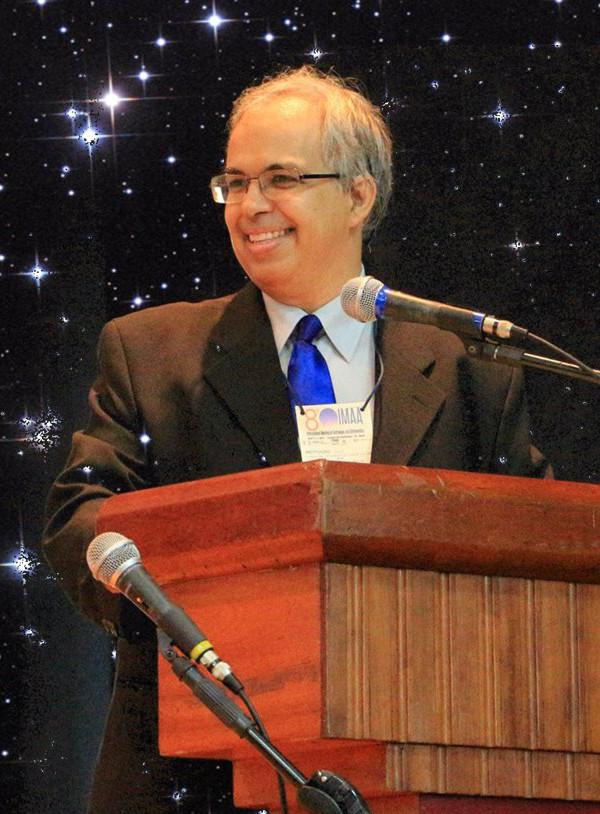
Marcelo de Oliveira Souza (Universidade Estadual do Norte Fluminense and Louis Cruls Astronomy Club)
Coauthors: Binha Ferraz Daumas (Clube de Astronomia Louis Cruls and UENF), Isabely Gonçalves Mariano (Clube de Astronomia Louis Cruls and UENF), Caroline Oliviera do Carmo (Clube de Astronomia Louis Cruls), Róbson Vasconcelos Chagas (Clube de Astronomia Louis Cruls)
For more information about this talk click here
-
ExoMaths
Wednesday Nov. 16, 2022
UTC: 8:50 p.m. - 9 p.m.Thursday Nov. 17, 2022
UTC: 10:50 a.m. - 11 a.m."Basic mathematical concepts are behind many research fields, but the complexity lies how to connecting them in a classroom activity. In this talk, I show a beautiful example where 12 years old students link calculation of circular areas with transit method for detecting exoplanets (Geometry and Astrophysics). The power of free mathematical software (GeoGebra) for modelling the star and exoplanet with plane circles, compute the visible area of the star through the animation, and plot the results to compare with observational data from astronomers does the final outreach video developed and explained by the siblings Elisa and Hugo."
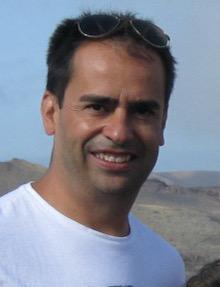
Manuel Felipe Núñez Díaz (IES Alcalde Bernabe Rodríguez)
Coauthors: Elisa Machado Orozco, Hugo Machado Orozco
For more information about this talk click here
-
Teaching Astronomy, Physics and Mathematics through the use of SalsaJ Software in Spanish
Wednesday Nov. 16, 2022
UTC: 9 p.m. - 9:10 p.m.Thursday Nov. 17, 2022
UTC: 11 a.m. - 11:10 a.m."SalsaJ allows students to analyze and explore real astronomical images in the same way as professional astronomers do , allows scientific analysis with data extracted from the images, bringing to the classroom research, photometry workshops, spectra analysis, and sunspot measurements. In this opportunity we will demonstrate the use of SalsaJ software. References MORA J.C. How to use Salsaj software to perform Photometry, Astrometry, Image processing in 3D Revista Mexicana De Astronomia Y Astrofísica, Serie De Conferencias ISSN: 1405-2059, 2022 vol:54 pp: 80 - 83 , RMxAC..54_JMora-XVII.pdf (unam.mx) Global Sky Partners Program, LCO, available here: https://lco.global/education/partners/ SalsaJ software, available here: http://euhou.net/index.php/salsaj-software-mainmenu-9"
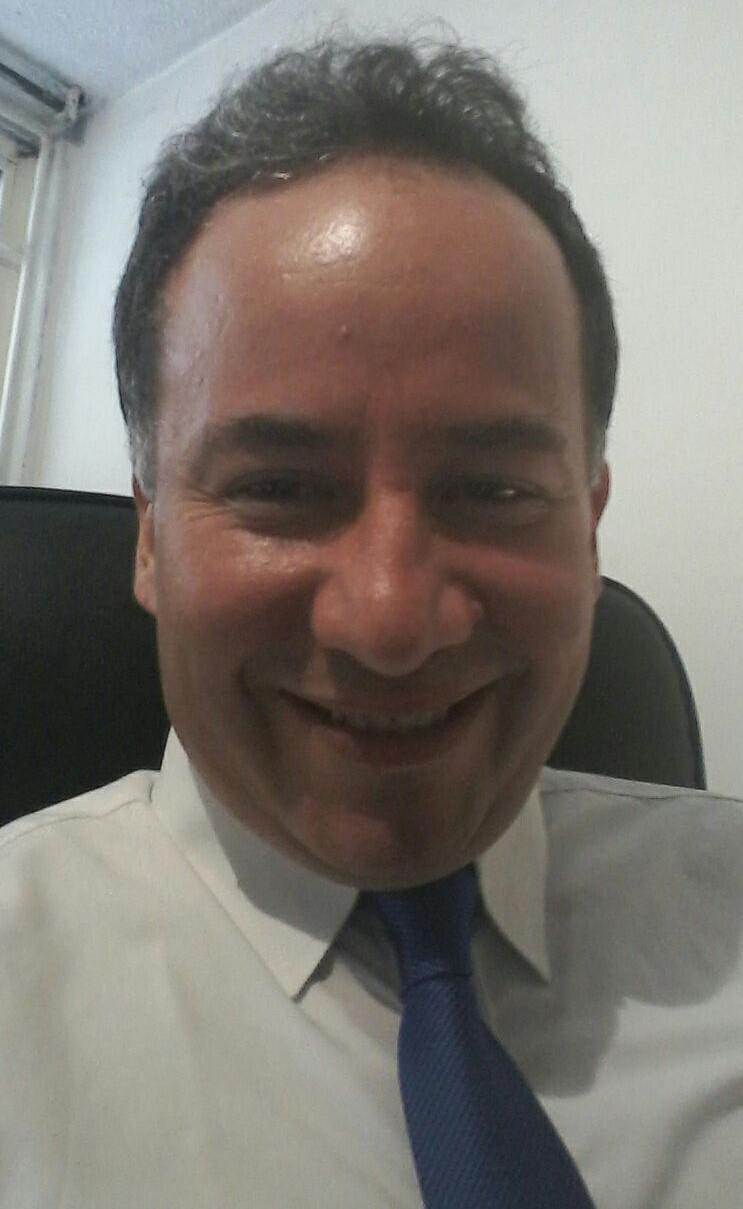
John Carlos Mora (Expoastronomy)
Coauthors: Olga Grisales (Universidad de los Andes), Nikolai Mora (Universidad Ecci)
For more information about this talk click here
-
Discussion Panel: Teaching astronomy as part of other subjects in secondary schools – astronomy as a “gateway science” (Part 2)
Wednesday Nov. 16, 2022UTC: 9:10 p.m. - 9:30 p.m.
Thursday Nov. 17, 2022
UTC: 11:10 a.m. - 11:30 a.m.Chair:
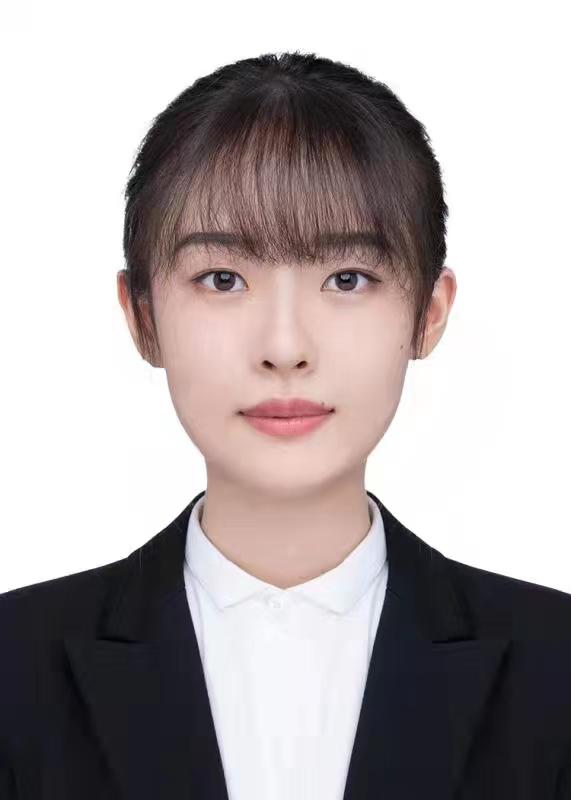
Cui Jie
Panel: Andrea Ettore Bernagozzi
(Astronomical Observatory of the Autonomous Region of the Aosta Valley (OAVdA)), John Boisvert
(Slooh), Marcelo de Oliveira Souza
(Universidade Estadual do Norte Fluminense and Louis Cruls Astronomy Club), Joanna Holt
(Netherlands Research School for Astronomy (NOVA)), Mila Mitra
(STEM and Space), John Carlos Mora
(Expoastronomy), Manuel Felipe Núñez Díaz
(IES Alcalde Bernabe Rodríguez)
Posters
-
Astronomy: towards a didactic focused on interdisciplinarity
Alvaro Folhas (NUCLIO-Núcleo Interativo de Astronomia e Inovação em Educação; CITEUC-Universidade de Coimbra)
Astronomy arouses curiosity for the unknown and mobilizes all areas of knowledge, promoting an interdisciplinary vision in which, the whole is always greater than the sum of the parts. A project focused on Astronomy normally has the natural involvement of Mathematics and Physics, but it can also cover Chemistry, Biology, Geography, ICT and the Arts, especially if we associate it with Astronautics and Space Exploration, the great levers of scientific and technological development, spilling over into our daily lives in the technologies we use today. It is important to bring Astronomy to School, through its inclusion in the curriculum, or through small projects capable of mobilizing and reinforcing learning, while helping to develop skills.
-
Bridging the gap between subjects and educational levels using space educational activities
Danijela Takač (Elementary School Pantovčak), Ana Marija Zaninovicz
In the Croatian educational system there is a big gap in science curriculum between middle school and the start of high school. This gap results in insufficient student knowledge of STEM subjects. Students that have attended astronomy as an extracurricular subject have been more successful in bridging that gap. We will showcase educational activities that help bridge this gap by exploring astronomy using scientific concepts summarized in a project called "Exploration of Mars". We will show activities that explore the connection between gravity, terraforming and atmospheric structure of the planet, hydroponics, assembling, programming and "driving" a rover on Mars, space tourism. These activities allow us to explore scientific concepts beyond the construct of the national curriculum.
-
Bringing the Universe to your Classroom - The Faulkes Telescope Project
Sarah Roberts (Faulkes Telescope Project), Fraser Lewis (Faulkes Telescope Project and National Schools' Observatory)
The Faulkes Telescope Project (FTP) aims to enthuse, engage and educate learners in STEM subjects using astronomy as the hook. Through our partnership with Las Cumbres Observatory, we provide free access to a global network of robotic telescopes for education. In this talk we will describe the various research projects and activities that schools have undertaken with these facilities, including more arts-type projects rather than traditional STEM ones.
-
Introduction to Electronically Assisted Astronomy with automated observation stations
Olivier Parisot (Luxembourg Institute of Science and Technology), Pierrick Bruneau (Luxembourg Institute of Science and Technology), Patrik Hitzelberger (Luxembourg Institute of Science and Technology), Gilles Krebs (Vaonis), Christophe Destruel (Vaonis), Benoît Vandame (Vaonis)
Electronically Assisted Astronomy consists in capturing images with a camera coupled to a telescope and then applying lightweight processing to display views of celestial objects. During the MILAN research project (funded by FNR in Luxembourg), we use automated stations of VAONIS for stargazing sessions, helping greatly to arouse the curiosity around astronomy. Firstly, participants can learn how to localize and then observe objects like galaxies or nebulae. Secondly, playing with settings like exposure time shows how image acquisition works. Thirdly, displayed live views continuously improve as data is accumulated, allowing to discuss the basics of image processing (SNR, alignment, stacking). Finally, participants can use raw data to practice image edition trough dedicated software.




